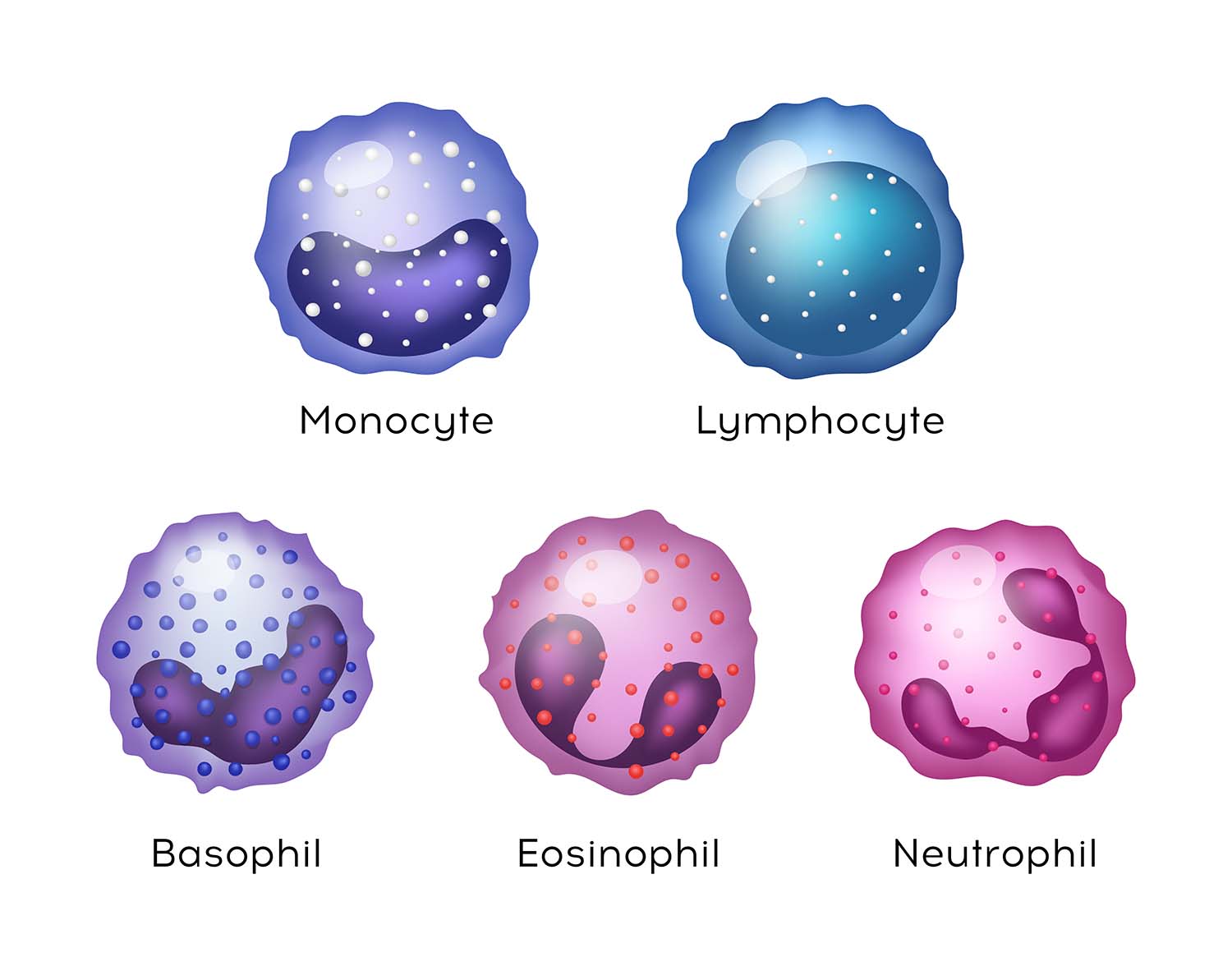Leukocytes
Leukocytes encompass a collection of cells that drives both innate and adaptive immunity.1 They are found in blood, tissues, and organs, where they play a pivotal role in host defense through phagocytosis, pathogen elimination, inflammation mediation, and antigen processing and presentation.1,2
All leukocytes develop from hematopoietic stem cells in the bone marrow and mature into either granulocytes – including basophils, neutrophils, and eosinophils – or agranulocytes, comprising monocytes and lymphocytes, that can further differentiate into specific cells.1,2
Find out more on each cell, including formation, function, emerging research, the best investigative methods, and common cell markers:
Granulocyte
Agranulocytes
Monocytes
References
1. Tigner A, Ibrahim SA et al. Histology, White Blood Cell. StatPearls Publishing. Accessed February 4, 2022. https://www.ncbi.nlm.nih.gov/books/NBK563148/
2. Alberts B, Johnson A, Lewis M, Raff M, Roberts K, Walter P (2002). Molecular Biology of the Cell (4th ed.). New York: Garland Science. ISBN 0-8153-4072-9.

